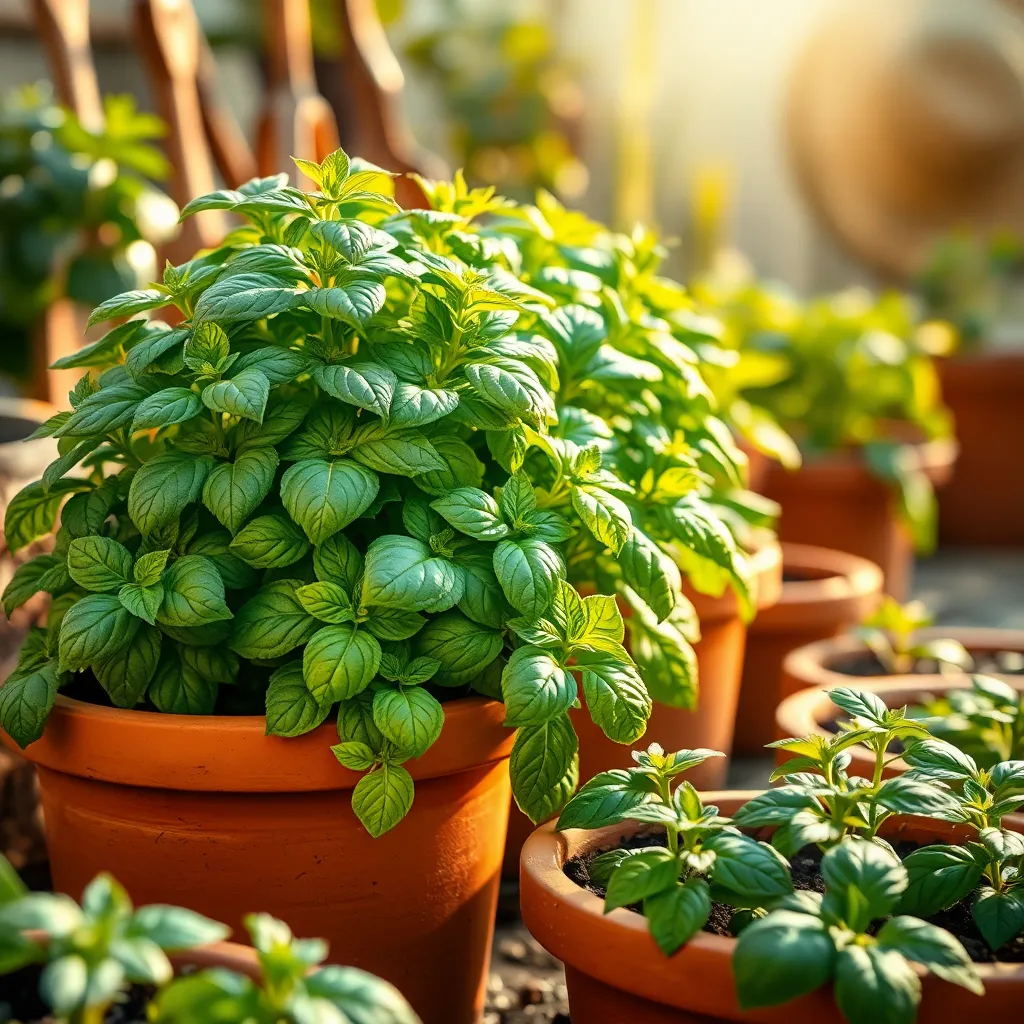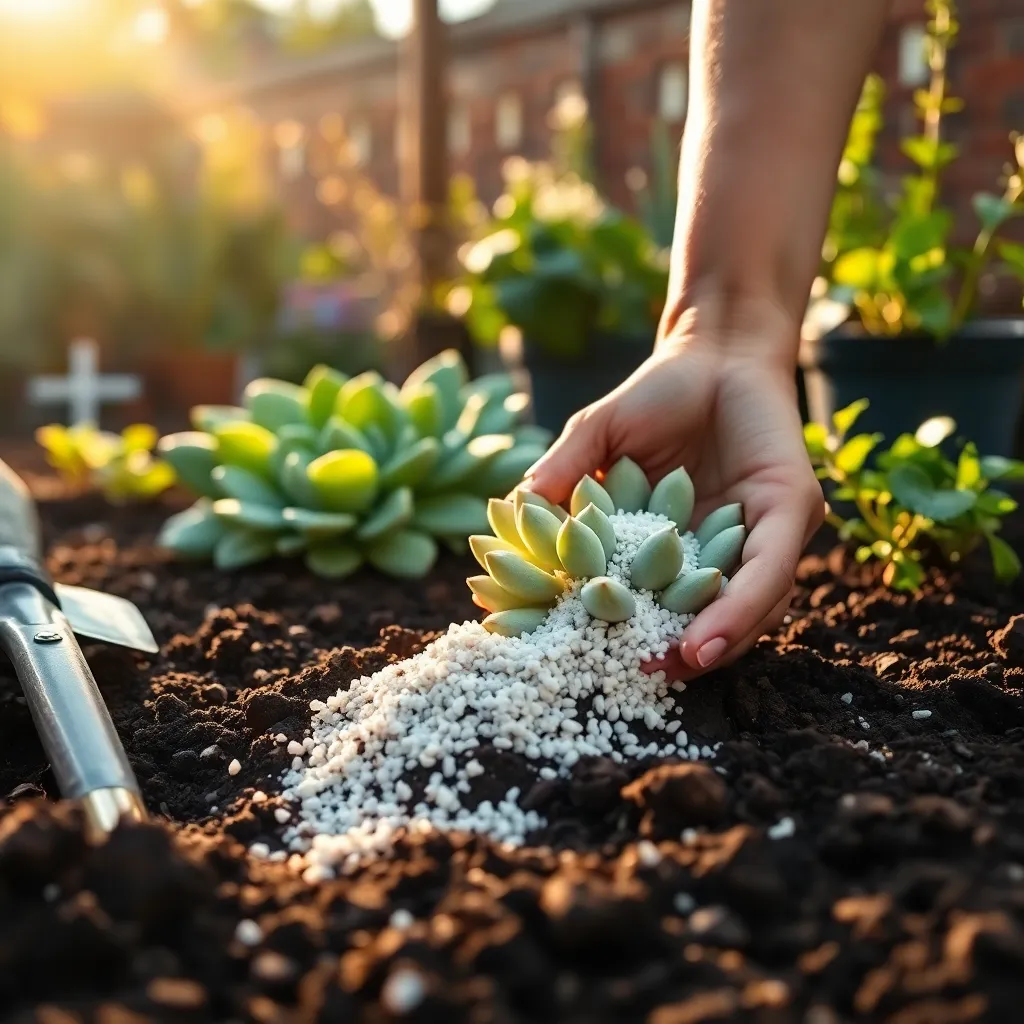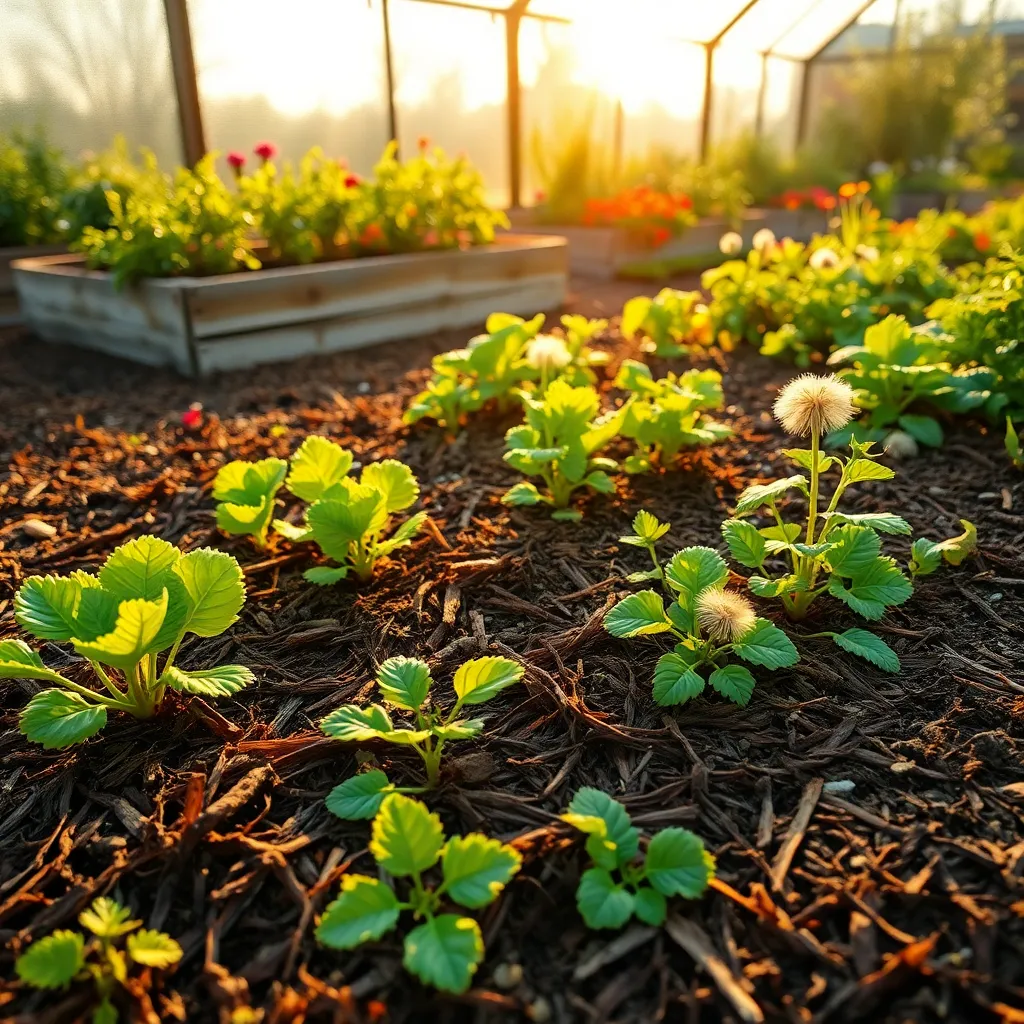Starting a garden is like embarking on a delightful adventure where nature and nurture come together to create a living masterpiece. Whether you’re a novice just dipping your fingers into the soil or a seasoned green thumb seeking fresh inspiration, choosing the right plants can set the stage for a flourishing garden. The journey of gardening is as much about learning as it is about growing, and the right plant choices can transform your outdoor space into a vibrant tapestry of colors and textures.
With the right guidance, even the most daunting gardening tasks become manageable and rewarding. In this article, you’ll discover a curated selection of plants that not only thrive with minimal fuss but also bring immense joy to your gardening experience. From resilient perennials to charming annuals, we’ll explore options that suit various climates and spaces, ensuring your garden is as unique as you are. By the end, you’ll feel equipped and inspired to cultivate your first garden with confidence and creativity.
Cherry Tomatoes (Compact and High Yield)

Cherry tomatoes are a fantastic choice for first-time gardeners because they are both compact and high yielding. These plants thrive in small spaces, making them perfect for container gardening on balconies or patios.
To ensure your cherry tomatoes flourish, plant them in well-draining soil enriched with compost. They require full sun, so choose a location where they can bask in at least six to eight hours of sunlight daily.
Consistent watering is crucial for cherry tomatoes, but be careful not to overwater. Water the plants deeply once or twice a week, allowing the soil to dry out slightly between waterings to prevent root rot.
Applying a balanced fertilizer every two to four weeks will promote healthy growth and abundant fruiting. For an advanced tip, consider pruning the lower leaves to improve air circulation and reduce the risk of fungal diseases.
Stake or cage your cherry tomato plants early to support their growth and keep the fruit off the ground. This practice not only helps prevent disease but also makes harvesting easier and ensures a bountiful yield.
Basil (Aromatic and Beginner-Friendly)

Basil is a fantastic choice for those new to gardening, offering both aromatic leaves and easy growth conditions. This herb thrives in warm, sunny locations, making it perfect for a sunny windowsill or a spot in your garden that receives at least six hours of sunlight per day.
To get started, sow basil seeds indoors about six weeks before the last expected frost date, or directly in the garden once the soil has warmed. Use a well-draining potting mix or garden soil enhanced with compost to provide the necessary nutrients for robust growth.
Water basil plants regularly, ensuring the soil stays consistently moist but not waterlogged. An essential tip for healthy basil is to pinch off the flowers as they appear, which encourages the plant to produce more leaves rather than going to seed.
For those looking to expand their gardening skills, consider experimenting with different basil varieties like Thai or lemon basil, each offering unique flavor profiles. Also, try companion planting basil with tomatoes, as they not only enhance each other’s growth but also improve the taste of your tomatoes.
Marigolds (Pest-Repelling Blooms)

Marigolds are an excellent choice for first-time gardeners due to their resilience and pest-repelling properties. Known for their bright blooms, they add a splash of color while keeping unwanted insects like aphids and nematodes at bay.
To grow marigolds successfully, plant them in a location with full sun and well-draining soil. They thrive in a wide range of soil types but prefer slightly acidic to neutral soil; a pH of 6.0 to 7.0 is ideal.
Water marigolds regularly, especially during dry spells, but be careful not to overwater as they are susceptible to root rot. A good practice is to allow the top inch of soil to dry out between watering sessions.
For gardeners seeking advanced tips, consider deadheading spent blooms to promote continuous flowering throughout the season. Additionally, companion planting marigolds with vegetables like tomatoes can enhance their pest-deterring effectiveness, creating a healthier garden ecosystem.
Perlite (Enhances Soil Drainage)

Perlite is an invaluable tool for enhancing soil drainage, making it a must-have for your first garden. This lightweight, volcanic rock is particularly beneficial for container gardening, where water can quickly become trapped, leading to root rot.
Incorporating perlite into your soil mix is simple and effective. For most plants, a mixture of one part perlite to two parts potting soil will significantly improve aeration and drainage, fostering healthier root systems.
Beginners will find that perlite is especially helpful when growing plants like succulents, which are prone to overwatering. More experienced gardeners can use perlite to propagate cuttings, as its airy structure encourages robust root development.
To maximize the benefits of perlite, consider using it in raised beds or in areas of your garden with heavy clay soil. This will help prevent waterlogging and ensure that even during heavy rains, your plants’ roots remain dry and well-ventilated.
Mulching Technique (Moisture Retention and Weed Control)

Mulching is a simple yet effective technique to improve your garden’s health. It involves spreading a layer of material over the soil surface, which helps retain moisture and suppress weeds.
For beginners, organic mulches like straw, wood chips, or shredded leaves are excellent choices. These materials gradually break down, enriching the soil with nutrients over time.
Ensure you apply a mulch layer about 2 to 4 inches thick to effectively conserve moisture and block sunlight, which prevents weed growth. Be cautious not to pile mulch directly against plant stems, as this can lead to rot.
Advanced gardeners might consider using inorganic mulches, such as landscape fabric or gravel, for long-term weed control. These options are particularly useful in areas with high foot traffic or where soil stabilization is required.
Regardless of the type of mulch, regular monitoring is essential. Check periodically to ensure the mulch hasn’t compacted or shifted, which can reduce its effectiveness and impact plant growth negatively.
Conclusion: Growing Success with These Plants
In cultivating your first garden, the parallels to nurturing relationships are profound. We explored the importance of choosing plants that align with your lifestyle, much like selecting partners who share your values. Just as we discussed the need for proper soil preparation, relationships too require a solid foundation built on trust and understanding. We emphasized the significance of consistent care, akin to regular communication in relationships, and highlighted the necessity of patience, reminding us that both gardens and relationships take time to flourish. Lastly, we touched on the adaptability to change, as both gardens and relationships thrive with flexibility.
Now, take the first step: choose one plant to start your garden or one aspect of your relationship to nurture today. This small action will lay the groundwork for a thriving future. Bookmark this article as your go-to guide for both gardening and relationship serenity, so you can revisit these insights whenever you need a reminder.
Remember, success in relationships, much like in gardening, is a journey of growth and resilience. With each tender step you take, you’re not just planting seeds of love today, but nurturing a future of blooming connection. Save this article and let it be your compass as you cultivate love and harmony in every corner of your life.
